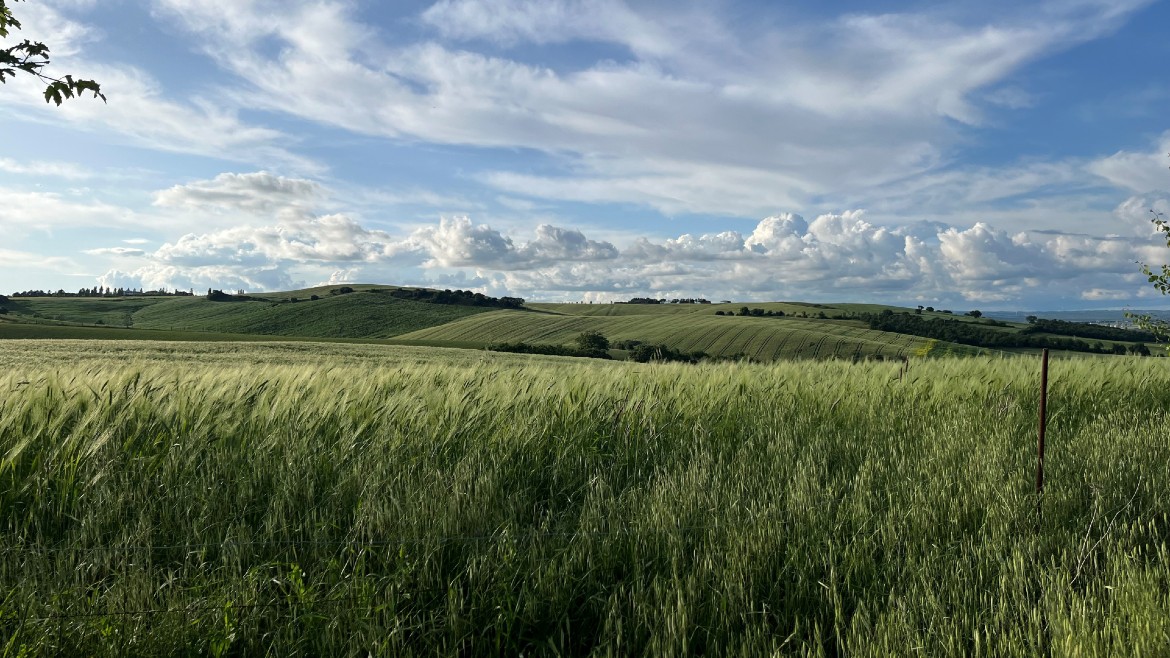About the Convention

The Convention was adopted and opened for signature by the member States of the Council of Europe in 2000, in Florence, under the name "European Landscape Convention". Considering the city in which it was born, the Convention is also known as the Florence Convention.
The Convention is based on a draft elaborated between 1994 and 1998 by the Congress of Local and Regional Authorities of the Council of Europe, together with a draft explanatory report. Subsequently, after the Convention entered into force in 2004, considering the wish expressed by the Council of Europe Conference on the Convention, in 2008 the Committee of Ministers of the Council of Europe adopted a recommendation on guidelines for its implementation.
In 2021, after its adoption in 2016, a Protocol amending the Convention entered into force. The aim of the Protocol is to promote European cooperation with non-European states wishing to implement the Convention by opening it up for their accession. The Protocol changed the title of the Convention to "Council of Europe Landscape Convention". Since its entry into force, the Protocol has been an integral part of the Convention.
To date, the Council of Europe Landscape Convention has been ratified by 40 member states of the Council of Europe. The European Union may be invited by the Committee of Ministers of the Council of Europe to accede to the Convention.
- Reykjavik Declaration - United around our Values - Appendix 5 - The Council of Europe and the Environment
- Steering Committee for Culture, Heritage and Landscape (CDCPP)
- Bern Convention - Convention on the Conservation of European Wildlife and Natural Habitats
- European and Mediterranean Major Hazards Agreement
- Directorate General of Human Rights and Rule of Law
- Voluntary Contributions at the Council of Europe
- Protecting the environment using human rights law
- Council of Europe Contribution to the United Nations 2030 agenda for sustainable development goals
- European Union and the Environment


